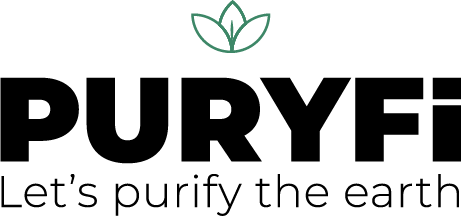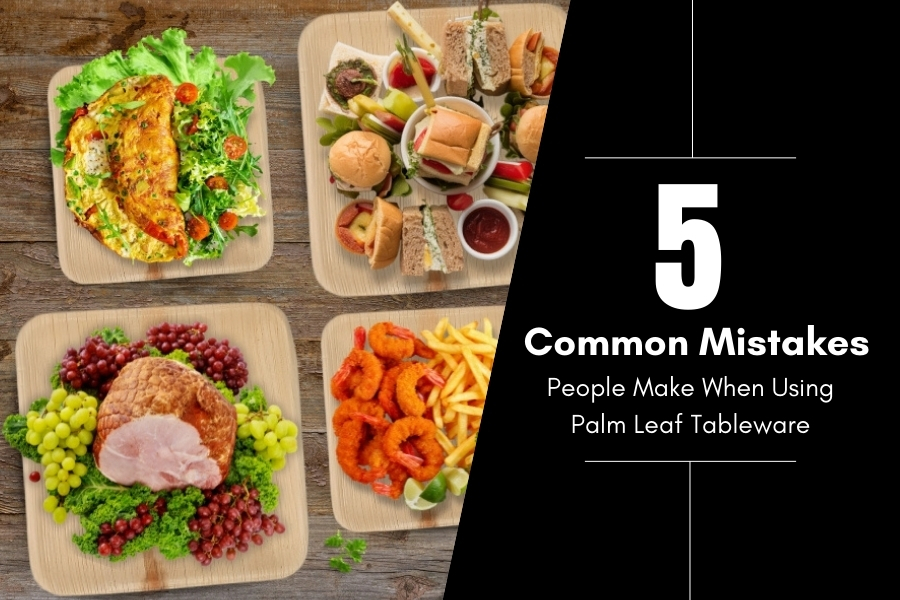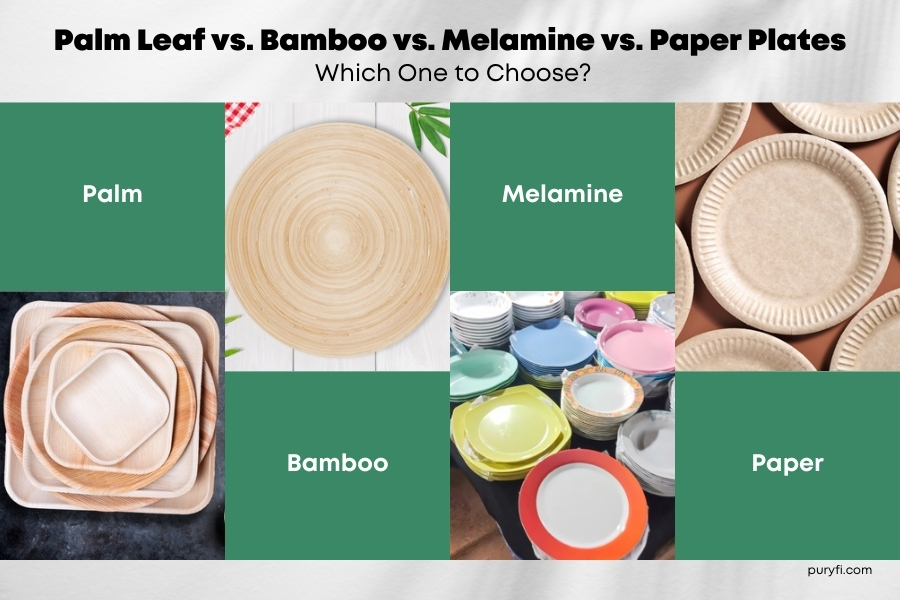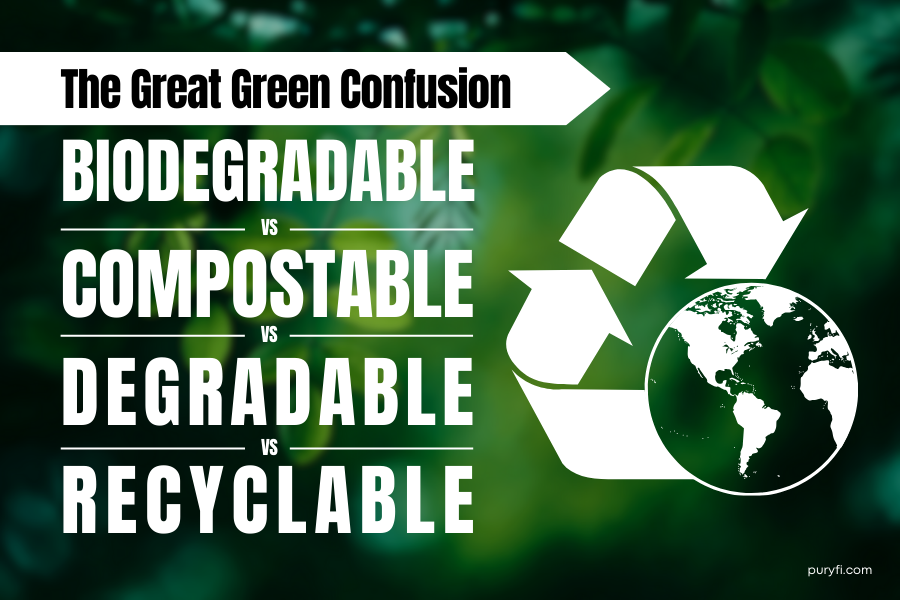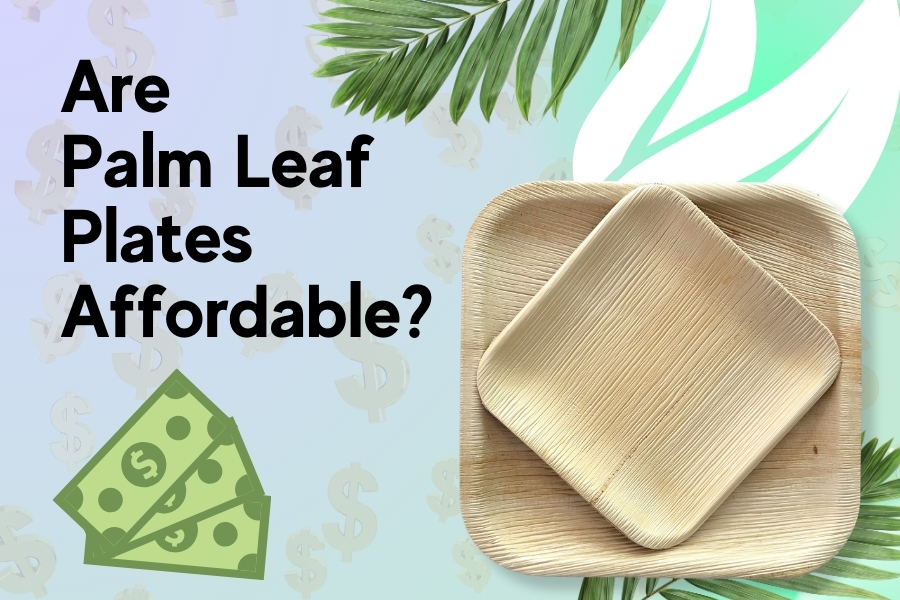
Palm leaf plates have gained immense popularity recently as an eco-friendly alternative to traditional disposable tableware. They’re stylish, biodegradable, and touted as a sustainable choice for those looking to minimize their environmental impact. However, one common question remains: Are palm leaf plates affordable? Let’s take a closer look at the costs associated with these plates and whether they fit into a budget-friendly lifestyle.
Comparing Costs: Palm Leaf Plates vs. Traditional Options
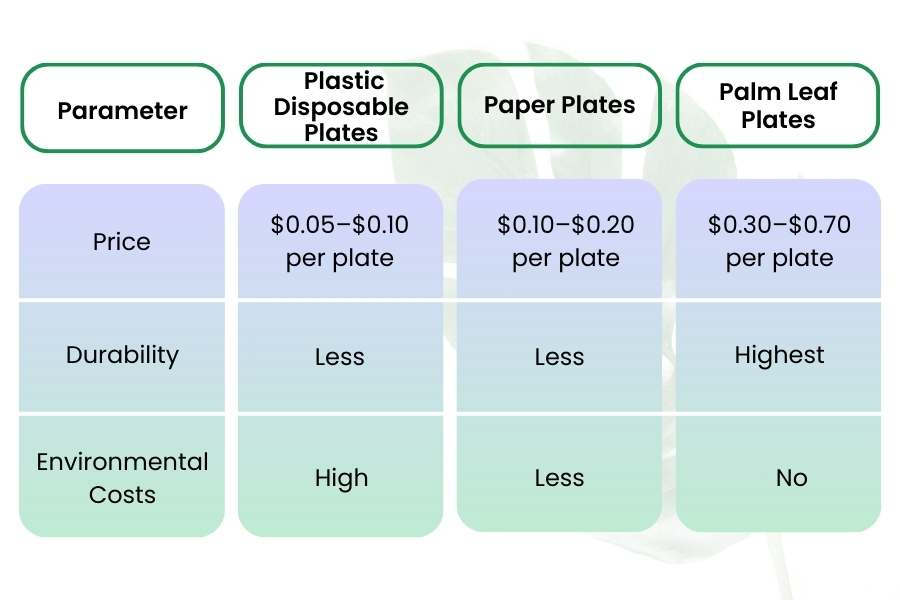
1. Plastic Disposable Plates
- Price: Plastic plates are typically the cheapest option, costing as little as $0.05–$0.10 per plate.
- Environmental Cost: However, the environmental cost is high. Plastic plates contribute significantly to landfill waste and can take hundreds of years to decompose.
2. Paper Plates
- Price: Slightly more expensive than plastic, paper plates range from $0.10–$0.20 per plate.
- Durability: While they’re biodegradable, they lack the durability of palm leaf plates and may require double-stacking for heavier foods.
3. Palm Leaf Plates
- Price: Palm leaf plates typically cost $0.30–$0.70 per plate, depending on size and design.
- Longevity: Unlike plastic or paper, palm leaf plates are sturdy enough to handle hot and oily dishes without leaking or bending, reducing the need for extras or replacements.
Factors Influencing the Cost of Palm Leaf Plates
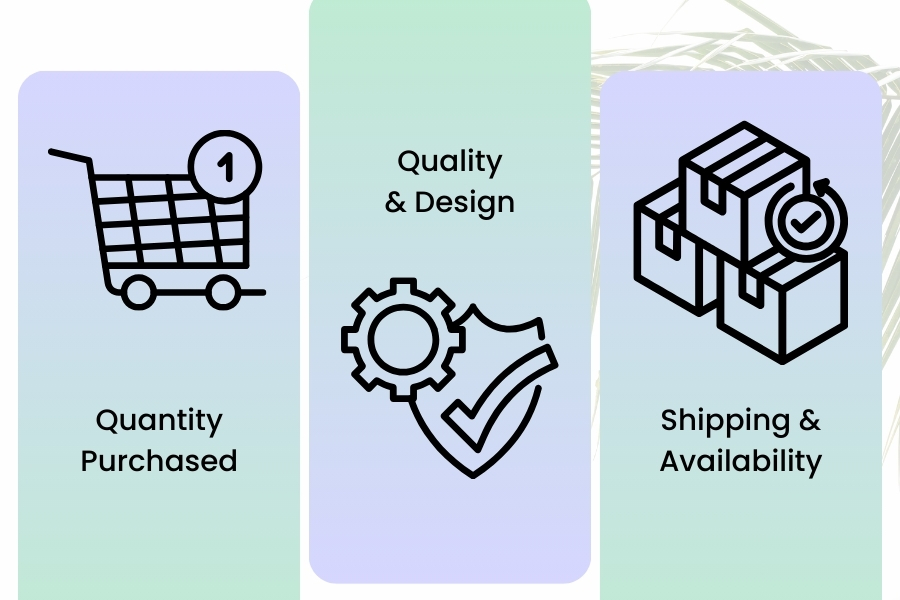
1. Quantity Purchased
Bulk purchases significantly reduce the per-plate cost of palm leaf tableware. For example, buying a pack of 100 plates might cost $30, compared to $0.70 per plate in smaller quantities.
2. Quality and Design
Higher-quality plates with intricate designs or custom shapes tend to cost more. This premium might be worth the aesthetic and functionality if you’re hosting a special event.
3. Shipping and Availability
Since palm leaf plates are often imported, shipping costs can impact affordability. Buying from local retailers or suppliers can help mitigate these costs.
The Rise of Eco-Friendly Tableware
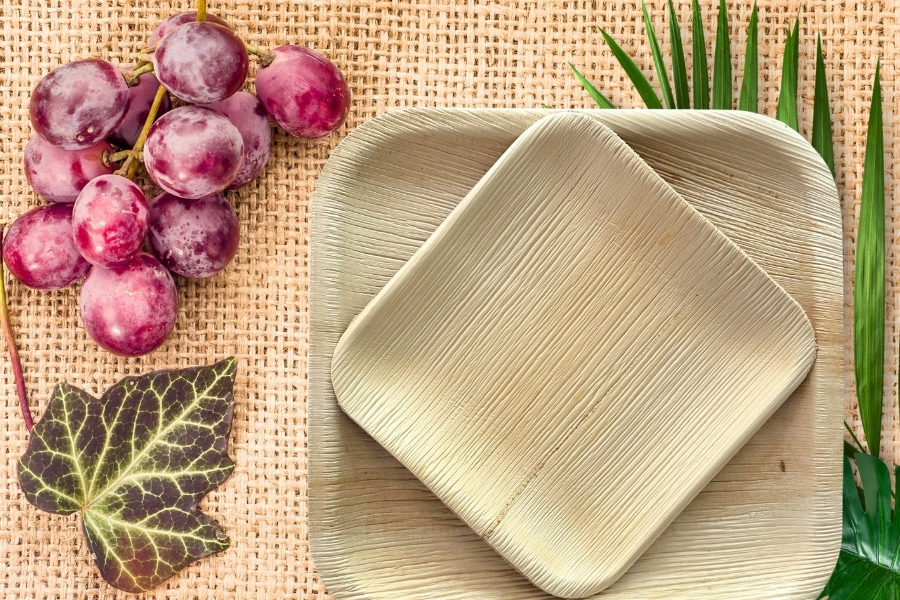
The global shift towards sustainable living has significantly influenced the disposable tableware market. Consumers are becoming increasingly aware of the environmental impact of single-use plastics and are actively seeking alternatives.
Plastic Pollution Crisis: Over 300 million tons of plastic are produced globally each year, with a significant portion ending up in landfills and oceans. Single-use plastics like plates and cutlery are major contributors to this problem.
Legislation on Plastics: Many governments have introduced bans or taxes on single-use plastics, further driving the demand for sustainable alternatives like palm leaf plates.
Palm leaf plates are part of a broader movement towards eco-friendly products that prioritize environmental health without compromising functionality.
What Makes Palm Leaf Plates Stand Out?
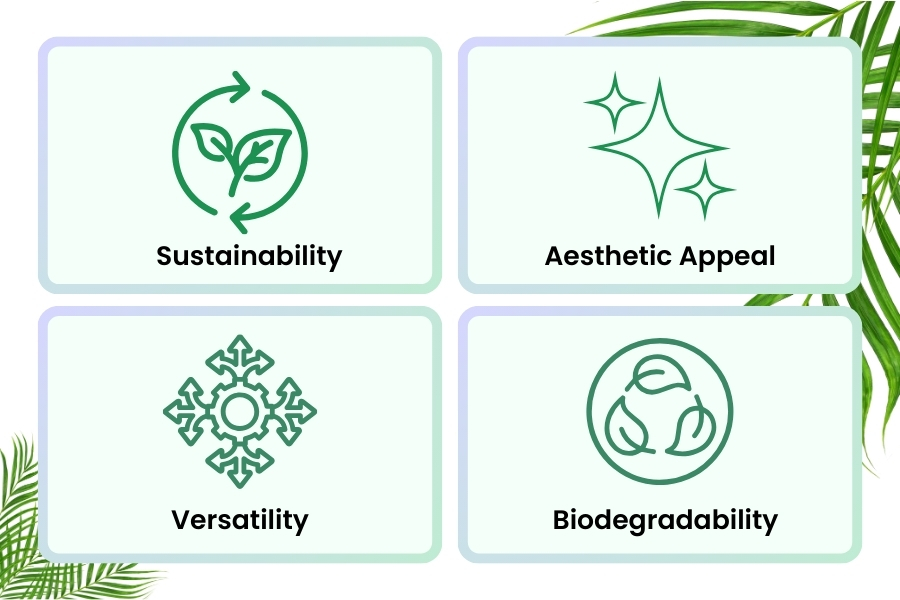
Palm leaf plates aren’t just another disposable tableware option; they offer unique benefits that set them apart:
Sustainability: Made from shredded Areca palm leaves, their production involves no deforestation or harmful chemicals.
Aesthetic Appeal: With natural textures and colors, palm leaf plates add an organic, upscale touch to any event.
Versatility: They’re durable enough for hot, cold, and oily foods, making them suitable for diverse cuisines.
Biodegradability: These plates decompose within 6–8 weeks in a composting environment, leaving no harmful residue behind.
Are Palm Leaf Plates Right for You?
The affordability of palm leaf plates depends on your priorities. For those focused on sustainability and reducing environmental impact, the slightly higher cost is a small price to pay for eco-friendly living. Bulk purchases can make them more cost-effective, especially for events like weddings, parties, or catering.
If your primary goal is to minimize upfront expenses, traditional options like plastic or paper seem more appealing. However, considering the hidden costs—both environmental and functional—palm leaf plates offer exceptional value for their price.

